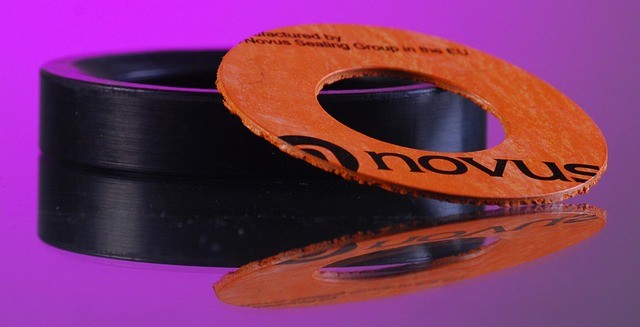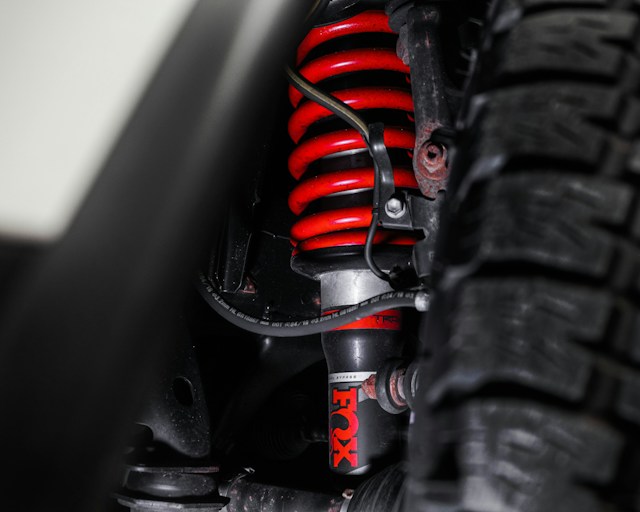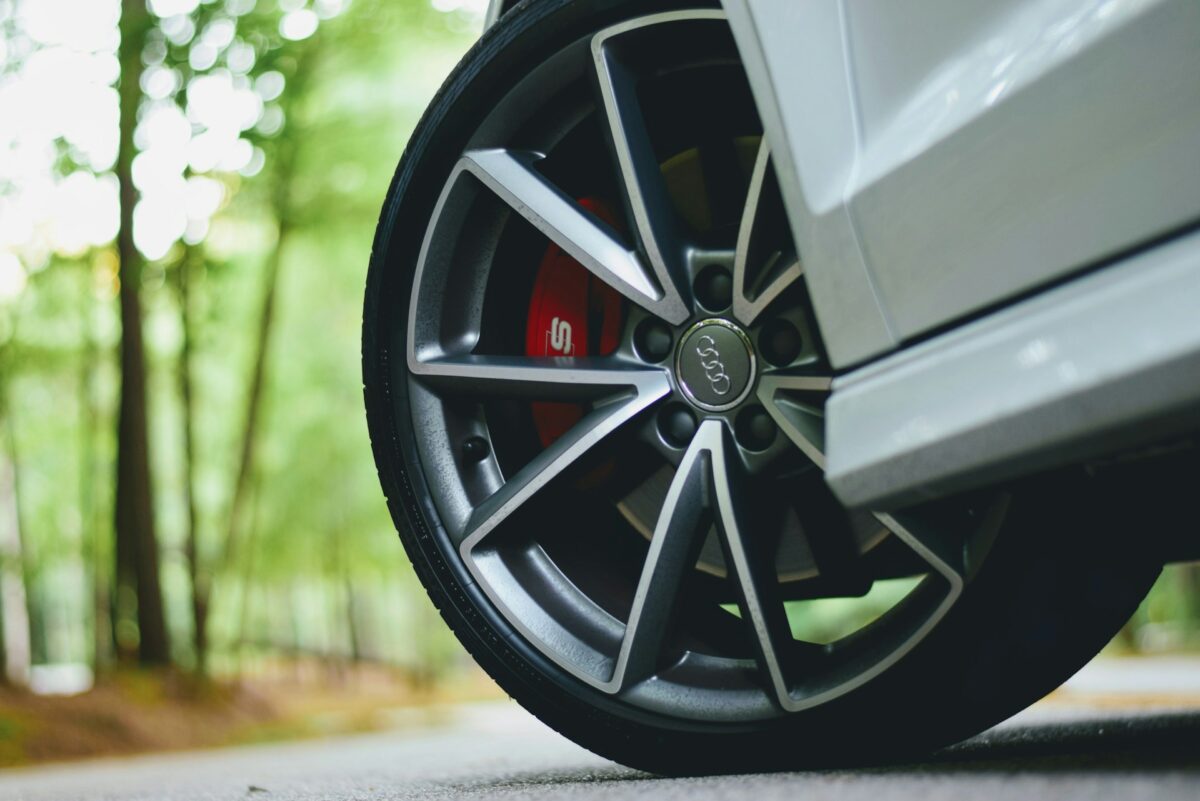Sometimes our choice will determine how a device or an entire machine works. And the choice of such a seemingly insignificant part as a bushing can significantly affect the performance of your car.
When choosing polyurethane bushings or rubber ones, you need to remember that the natural (second) material begins to lose its properties immediately after production. At the same time, polyurethane is durable and completely synthetic, which allows you to change its properties to solve a variety of problems over a wide range.

Advantages of polyurethane bushings:
- Increased resistance to high loads;
- Makes the suspension more collected and rigid. In some cases, this quality is beneficial, improving the controllability and maneuverability of the machine;
- Increased service life compared to rubber counterparts;
- Resistant to temperature changes. Unlike rubber bushings, which are “afraid” of cold or overheating, polyurethane does not crack in the cold and does not dry out in the heat;
- Due to its artificial origin, polyurethane is resistant to aggressive environments and is not afraid of reagents, petroleum products and other pests that destroy rubber.

Photo by Joshua Vialdores on Unsplash - Taking into account the state of domestic roads and the climate, a fully synthetic elastomer will improve the reliability of the machine and traffic safety, and will also make it possible to reduce the cost of consumables.
Rubber, which is a popular material in the manufacture of various consumables for automobiles and other equipment, contains natural rubber. Increasing its characteristics to the required values is realized using synthetic modifiers. However, the natural component from plant sap, which provides elasticity, limits the service life of the products and their performance parameters.
Summing up the question of which bushings are better – rubber or polyurethane, we can without a doubt vote in favor of a modern composite.

